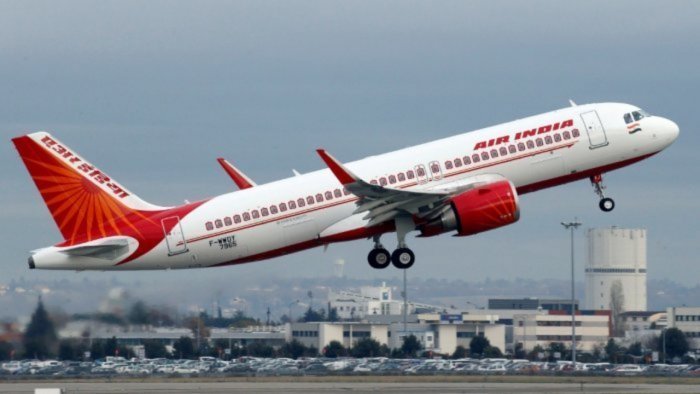While stressing the importance of international aviation hubs, he said India can have many such hubs as there are now world-class airports and strong airlines.
Nearly two decades ago, the then government-owned Air India had an “extremely small fleet” of aircraft that was also prone to frequent breakdowns. Then, aircraft were taken on lease and later the airline placed orders for 111 planes.
In the wake of Air India placing firm orders for 470 planes, V Thulasidas, who was the airline’s chief from December 2003 to March 2008, said there was a necessity for fleet augmentation that will also help address the long-standing grievance that most of the Indians travelling international are carried by foreign airlines.
Prior to the latest order, the last time Air India placed orders for aircraft was in 2005 for 111 aircraft during the time of Mr Thulasidas.
While stressing the importance of international aviation hubs, he said India can have many such hubs as there are now world-class airports and strong airlines.
“It is us who gave away the (international) hubs to Singapore, Dubai, and other places. This was because we did not have good airports and did not have large, strong airlines. Now, we have world-class airports which can act as hubs, and we are now gradually seeing very strong airlines coming up. With this combination, there can be international hubs in India,” he said.
“In terms of size, India should have not just one hub, but several hubs like the EU. The hubs can be Delhi, Mumbai, Bangalore, Hyderabad, Chennai, Kolkata, Kochi, and others,” he told PTI.
India’s civil aviation sector’s growth has been significant and is now close to the pre-COVID levels in terms of traffic.
“It seems necessary not just for Air India but also for other carriers to have more aircraft,” he said.
Recalling his days at the helm of Air India, Mr Thulasidas said that back in 2003, the airline had an “extremely small fleet of aircraft and most of them were old aircraft and prone to frequent breakdowns”.
“Then, we started building the fleet, first by leasing aircraft pending purchase of new aircraft. But we also had a difficult time in terms of cost of operations.”
“Fuel price started rising. When I went into Air India, crude oil was USD 27 per barrel. During my tenure, it went up to USD 147. It was a miracle that airlines could survive. Cost of operations were very high,” he said.


